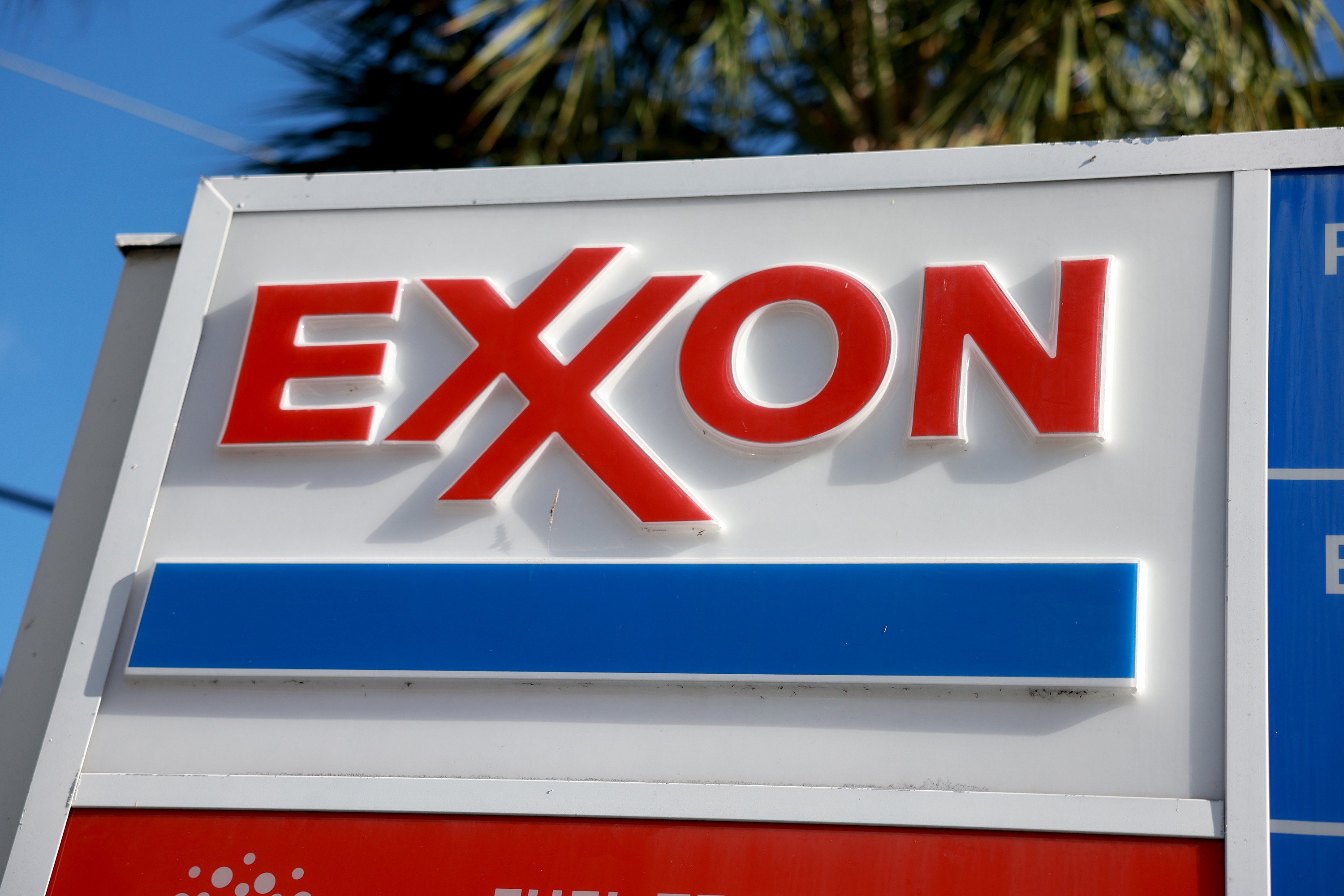ExxonMobil (XOM +1.09%), the world's largest publicly traded oil company, recently announced that it's beginning development of a major ultra-deepwater project -- the Julia oil field in the Gulf of Mexico. The project is expected to cost more than $4 billion and will begin producing oil in 2016, the company said in a statement.
The field, located about 250 miles southwest of New Orleans, is one of the biggest oil discoveries in the ultra-deepwater frontier of the Gulf of Mexico and is estimated to contain nearly 6 billion barrels of oil resource in place. Exxon and Statoil (STO +0.09%), the Norwegian oil and gas giant, each hold a 50% interest in the field.
Initial development of Julia, which is located more than 30,000 feet below the ocean's surface, will include six wells that are expected to produce some 34,000 barrels of oil per day. "The development of Julia will provide a new source of domestic energy and well-paying jobs over the next several years. Access to resources such as Julia will contribute to US energy security for many years," said Neil W. Duffin, president of ExxonMobil Development.
A major challenge for the oil majors
Exxon's decision to commence development of the Julia oil field highlights an important trend among the world's largest integrated oil companies. Over the past few years, most have struggled to grow annual oil and gas production, as their conventional fields have largely been depleted after decades of intensive drilling.
For instance, embattled British oil giant BP (BP +0.93%) saw its first-quarter total oil and gas production fall 5% from year-ago levels, while French oil major Total (TOT +0.21%) reported a 2% drop. Even Exxon, despite its massive reserves and unparalleled efficiency in allocating capital, saw a 3.5% year-over-year decline in first-quarter production.
To combat this issue, the supermajors have been forced to venture into some of the most remote locations around the world in their never-ending quest for black gold. These have included the harsh, icy waters of the Arctic Ocean, bituminous oil sands deposits in Canada, and ultra-deepwater locations in offshore Brazil.
Several oil majors have even plowed billions of dollars into prospecting areas offshore Africa, despite the risk of unexpected actions by conflict-ridden governments. For instance, Chevron (CVX +1.97%) has acquired exploration blocks in Liberia and Sierra Leone, while Royal Dutch Shell (NYSE: RDS-A) and Brazilian oil giant Petrobras (PBR 0.73%) are jointly exploring deepwater acreage off the coast of Tanzania.
The shocking implication for oil prices
While these projects are enticing, given the massive quantities of oil and gas they could potentially hold, their development costs are sky-high and continue to soar. According to estimates by Wood Mackenzie, the consultancy, annual development costs in offshore Latin America and sub-Saharan deepwater are rising at between 5% and 10% a year.
And according to estimates by Bernstein Research, production costs among the 50 largest listed oil and gas companies globally surged 26% year over year in 2011, bringing their marginal costs -- the expenses associated with producing the last barrel -- to a whopping $92 per barrel that year.
The trend is undeniable: The marginal barrel of oil is now increasingly being extracted from harder-to-reach and more expensive-to-drill locales, as opposed to the conventional Saudi fields in days of yore.
And with marginal costs heading toward $100 a barrel, the floor beneath oil prices will probably continue to edge higher, with one resounding implication for the future of energy -- cheap oil isn't just hiding temporarily; it's gone forever.






